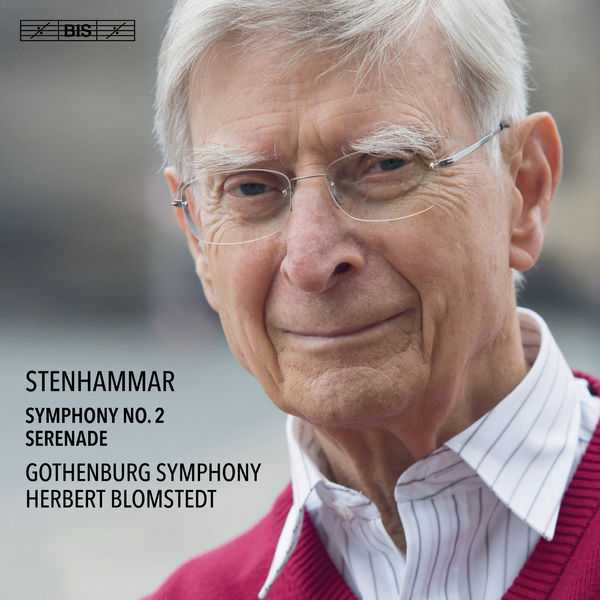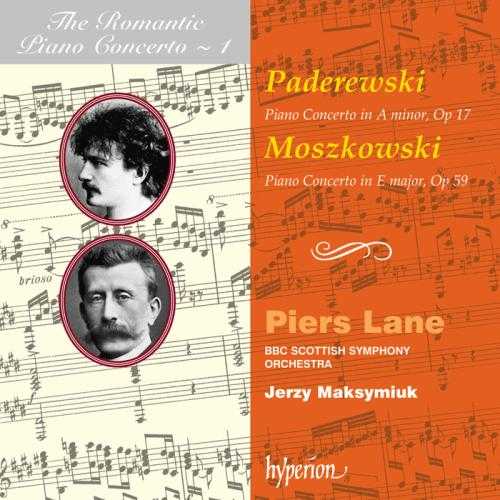

Composer: Karl Vilhelm Eugen Stenhammar
Orchestra: Gothenburg Symphony Orchestra
Conductor: Herbert Blomstedt
Format: FLAC (tracks)
Label: BIS
Catalogue: BIS2424
Release: 2018
Size: 1.42 GB
Recovery: +3%
Scan: yes
Symphony No. 2 in G minor, Op. 34
01. I. Allegro energico
02. II. Andante
03. III. Scherzo. Allegro ma non troppo presto
04. IV. Finale. Sostenuto – Allegro vivace alla breve
Serenade in F major, Op. 31
05. I. Overtura
06. II. Canzonetta
07. III. Scherzo
08. IV. Notturno
09. V. Finale
It was in 1953, 65 years ago, that Herbert Blomstedt conducted the Gothenburg Symphony for the first time. Since then he has been back on numerous occasions, performing a wide range of works only not those by Wilhelm Stenhammar. Blomstedt has told of how an international career gave him little opportunity to study and conduct Stenhammars music. At the age of 85, however, when he no longer had any obligations as a chief conductor, he thought now or never and began to study the composers major scores in earnest. And when the time came to perform and record them, what other orchestra could he choose but the Gothenburg Symphony Stenhammars own orchestra which he conducted between 1907 and 1922. The works on this disc are possibly the finest orchestral music that Stenhammar composed and he gave the premières of both with the orchestra, Symphony No. 2 in 1915 and the revised version of the Serenade in 1920. In fact, he even dedicated the symphony to the members of the orchestra, his dear friends.
It’s hardly common to become a global star at the age of 96; and even less so to record Beethoven’s nine symphonies at that age – especially if these recordings rejuvenate our whole approach to a corpus that seemed to have no secrets left. And as the most familiar landscape can suddenly take on a new appearance when viewed from a new angle, so can music. The Swede Herbert Blomstedt, son of a strict pastor and cut from the same cloth as his countryman Ingmar Bergman, is possessed of a freshness and physical appearance that belie his age: the greatest concession he has made has been to cut down from 100 concerts a year to 70, conducting the greatest orchestras in the world. After his recent refreshing reinterpretation of Beethoven and Mozart’s last two symphonies, recorded in concert in 2017, we find him here dealing with the works of the great Swedish composer Wilhelm Stenhammar, recorded at concerts given in Gothenburg in 2013 and 2014.
Bowled over by hearing his friend Sibelius’s Second Symphony, Stenhammar tried to renew his own style, writing a “second symphony” of his own, and as soon as it was done, in May 1915, he wrote to the Finnish composer. Written for the Gothenburg Symphony Orchestra, which plays it in this recording, it is structured classically around four movements. The first is built on a folk music theme; the second is a kind of great nocturnal procession that precedes a Scherzo written as a stylised dance whose central Trio is played on wind instruments whose quality Stenhammar looked to underline. As for the Finale (which, how to put it, gave some critics a headache…), it is to this day one of the most masterful pages of symphonic music written in Sweden.
First performed in 1914, the Serenade in F major, written after a trip to Florence, was quickly withdrawn by the composer, who made a new version in five movements which was performed in 1919 and enjoyed lasting success at home. Just like Mendelssohn’s “Italian” Symphony, Tchaikovski’s Souvenir de Florence and Italian Capriccio , or indeed Strauss’s Aus Italien the work highlights the magic attraction that Italy exercises on Northern composers. It is an illuminating and idealised description of a dreamy Arcadia, largely inspired by antiqu



